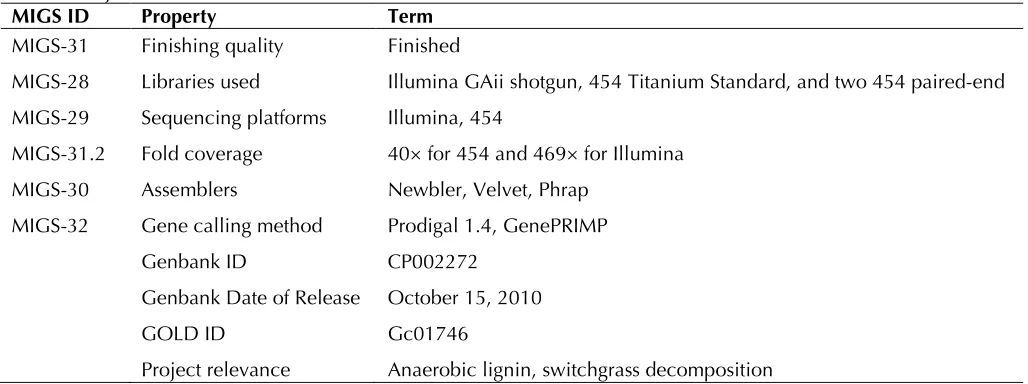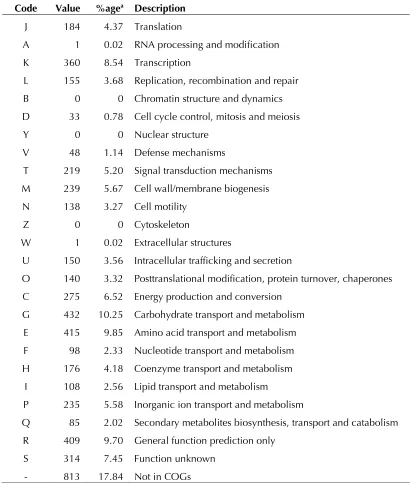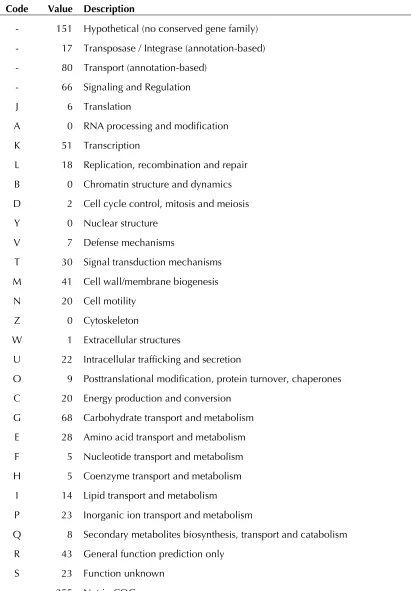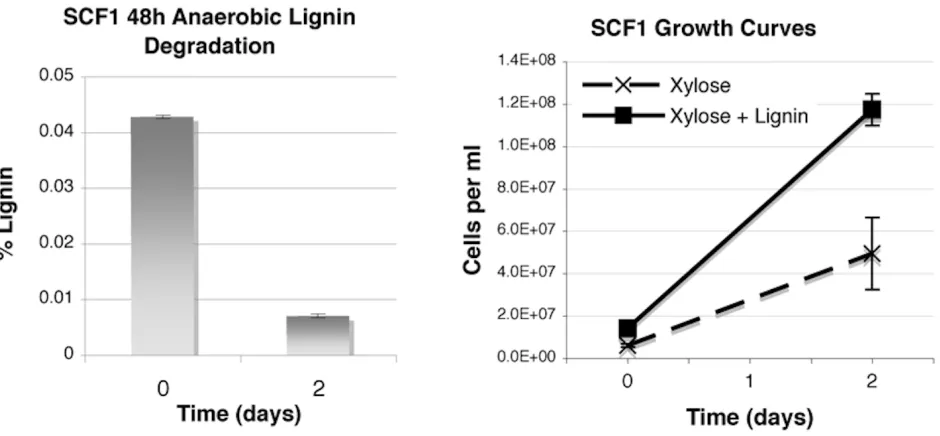Complete genome sequence of “Enterobacter lignolyticus” SCF1
Full text
Figure




Related documents
performed using Siemens reconstruction software including implementations for TOF and PSF modelling (HD, UHD). Implementations of reconstruction algorithms can dif- fer, and
Gender has been shown to be a significant aspect of stratification in family migration policies, especially of spouses in relation to dependency and labour market integration
BECs and socially-engaged ecclesial movements and networks are the best place to birth and mature a biblical spirituality, the small trusting community where the members
This excess stimulation of the receptor leads to follicular hypertrophy and hyperplasia, causing thyroid enlargement, as well as increases in thyroid hormone production. • As a
In this study the anticancer activity of green gram was performed using MTT assay method to evaluate its cytotoxicity against the cancer and Vero cell lines.. Lectin is one of
The reaction between fluorene reductant and hexacyanoferrate (III) oxidant in alkaline medium had a stoichiometry of 1:2, i.e., one mole of fluorene consumed two moles
But the compelling point is that regulatory RNAs provide an explanation as to why complexity doesn’t scale with the number of protein-coding genes.. It was originally
La selectividad del ganado por los grupos de gramíneas, hierbas, arbustos y árboles del sotobosque, en cada sitio y período, se evaluó relacionando la frecuencia relativa de estos





